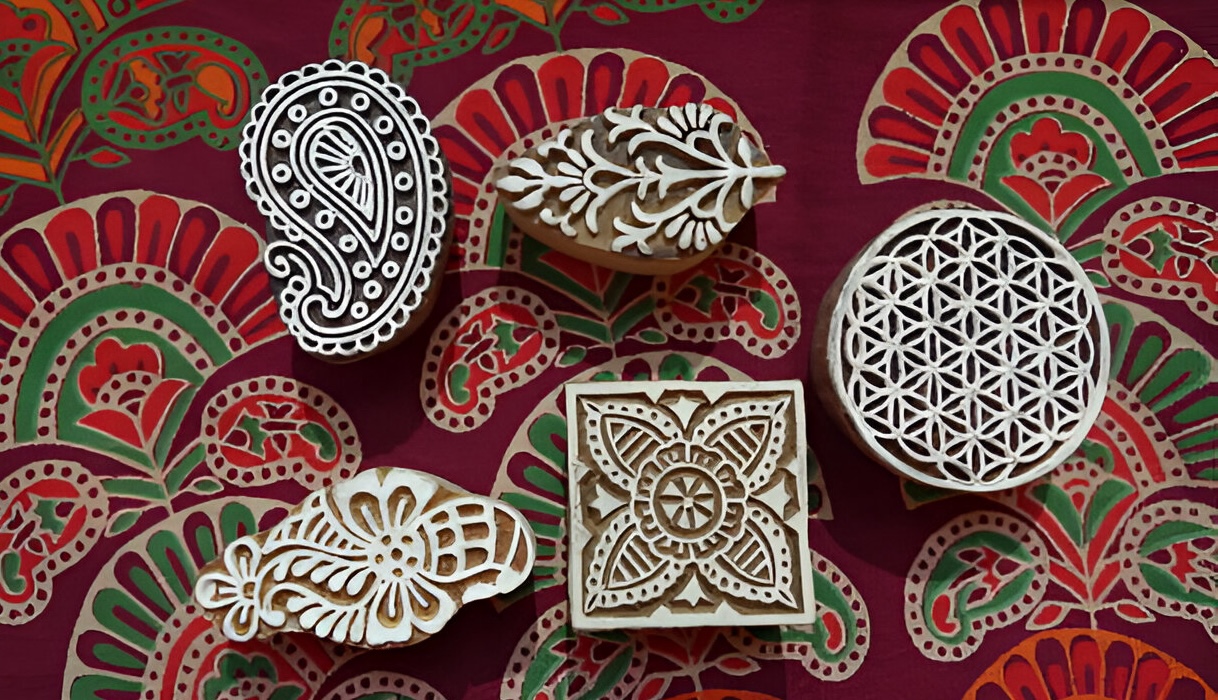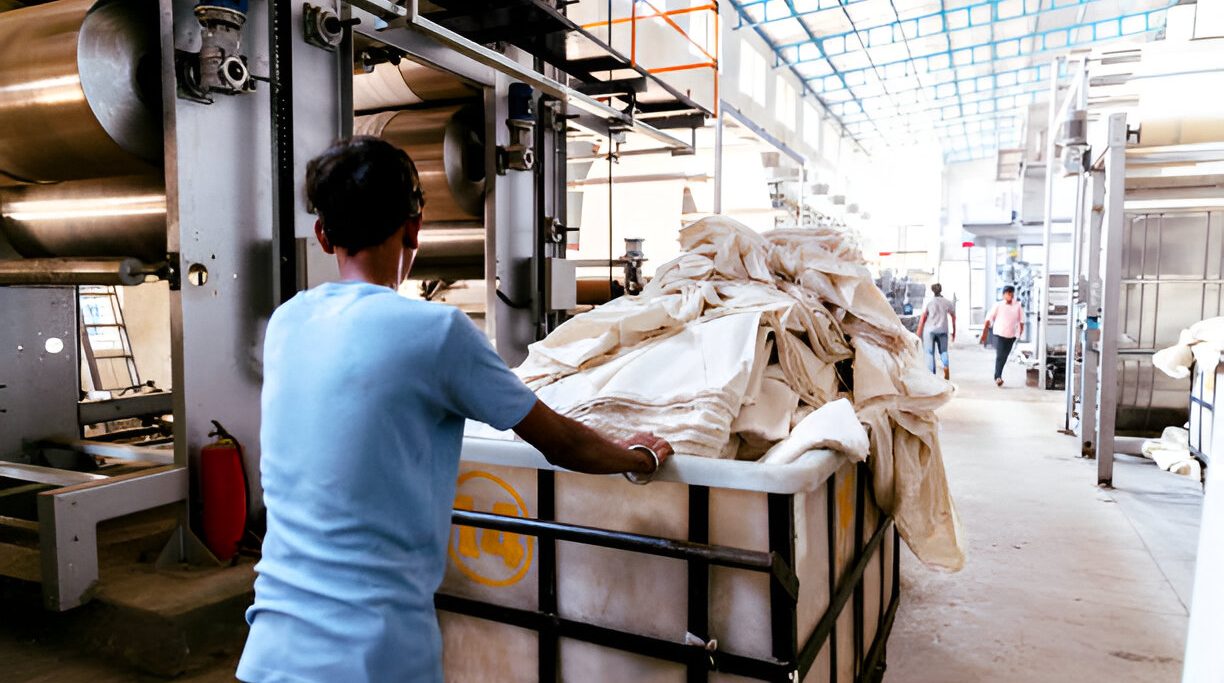Block printing is an age-old craft that continues to captivate designers, artists, and fashion enthusiasts worldwide. Its charm lies in the intricate designs, rich cultural heritage, and the handmade quality that modern mass production cannot replicate. This blog delves into the fascinating world of block printing, exploring its history, techniques, and applications in contemporary fashion and home décor.
What is Block Printing?
Block printing is a method of printing patterns on fabric or paper using hand-carved wooden blocks. This traditional art form involves dipping the block in dye and stamping it onto the fabric or paper, creating intricate designs and patterns. It’s one of the oldest forms of printmaking and has been used across various cultures for centuries.
A Brief History of Block Printing
Origins in Asia
The origins of block printing can be traced back to ancient China, around 220 AD, where it was initially used for printing on paper. By the 12th century, the technique spread to India and other parts of Asia, where it became a popular method for decorating fabrics. India, in particular, has a rich history of block printing, with regions like Rajasthan and Gujarat becoming famous for their unique styles and patterns.
European Influence
Block printing reached Europe in the 14th century, where it was primarily used for printing on textiles. The technique was later replaced by more industrialized methods during the Industrial Revolution. However, block printing has seen a revival in recent years, especially in the fashion and home décor industries, where handmade, sustainable, and unique products are highly valued.
The Art of Block Making
The first step in block printing is the creation of the printing block. Skilled artisans carve intricate designs into wooden blocks, often using traditional motifs that have been passed down through generations. The block itself is typically made from durable hardwoods like teak or sycamore, ensuring it withstands repeated use.
The Design Process
1. Sketching the Pattern: The design is first drawn onto paper. Traditional patterns often include floral, geometric, or animal motifs.
2. Transferring to the Block: The design is then transferred onto the wooden block using tracing paper or a carbon sheet.
3. Carving the Block: Skilled artisans use chisels and knives to carve out the design, leaving the raised areas that will hold the dye. This step requires precision and patience, as any mistake could ruin the block.
Block Printing Techniques
There are several block printing techniques, each with its unique characteristics:
1. Direct Block Printing
This is the most common form of block printing, where the carved block is dipped in dye and then pressed onto the fabric. It’s a straightforward process but requires skill to ensure consistent and precise prints.
2. Resist Block Printing
In this technique, the block is dipped in a resist paste, such as wax or mud, and then stamped onto the fabric. The fabric is then dyed, but the areas covered by the resist paste remain uncolored, creating a beautiful contrast.
3. Discharge Block Printing
Here, the fabric is first dyed with a solid color. Then, a block dipped in a bleaching agent is used to print on the fabric, removing the dye in certain areas and creating intricate patterns.
Fabrics and Materials Used
Block printing can be done on a variety of fabrics, each lending a unique texture and appearance to the final product:
– Cotton: The most commonly used fabric, cotton absorbs dye well and produces vibrant prints.
– Silk: Silk is often used for more delicate and intricate designs, as it holds fine details exceptionally well.
– Linen: Linen’s natural texture adds depth to the prints, making it ideal for home décor items.
– Organic Fabrics: With the rise of sustainable fashion, organic cotton and other eco-friendly fabrics are becoming popular choices for block printing.
The Process of Block Printing
1. Preparing the Fabric
The fabric is first washed and treated to remove any impurities that might affect dye absorption. In some cases, the fabric is pre-dyed to create a background color.
2. Applying the Dye
The carved block is dipped in dye, ensuring an even coating. It’s then pressed firmly onto the fabric, with artisans using precise pressure to achieve a consistent print.
3. Repeating the Process
The process is repeated, with artisans carefully aligning the block to create a seamless pattern. This step requires great skill and precision.
4. Drying and Curing
The printed fabric is left to dry naturally. Depending on the type of dye used, the fabric may also be steamed or heat-cured to fix the colors.
5. Final Wash and Finishing
The fabric is given a final wash to remove any excess dye, and then it is finished and pressed, ready for use.
Modern Applications of Block Printing
Despite being a traditional technique, block printing has found a place in modern design and fashion. Its unique, handcrafted quality appeals to those seeking sustainable and artisanal products. Here are some contemporary uses of block printing:
1. Fashion Industry
Block printed fabrics are widely used in fashion, from everyday wear to high-end couture. Designers appreciate the versatility of block printing, which allows them to create custom patterns and designs that are not possible with mass production techniques.
2. Home Décor
Block printed textiles like tablecloths, curtains, and cushion covers bring a touch of tradition and craftsmanship to home interiors. The use of natural dyes and eco-friendly fabrics makes these products popular among those seeking sustainable home décor options.
3. Stationery and Art
Block printing is also used to create unique stationery items like notebooks, greeting cards, and posters. Artists appreciate the tactile quality and artistic expression that block printing allows.
Sustainability and Block Printing
In an age of fast fashion and mass production, block printing offers a sustainable alternative. The process uses natural dyes and organic fabrics, reducing the environmental impact. Moreover, because it is a handmade craft, block printing supports local artisans and preserves cultural heritage.
Challenges Facing Block Printing
Despite its many advantages, block printing faces several challenges:
– Labor-Intensive Process: The time and effort required for block printing make it more expensive than mass-produced fabrics.
– Competition from Modern Printing Techniques: Digital and screen printing offer faster and cheaper alternatives, threatening the livelihood of traditional artisans.
– Preservation of Skills: As younger generations move away from traditional crafts, there is a risk of losing the intricate skills required for block making and printing.
Tips for Caring for Block Printed Fabrics
To maintain the beauty of block printed fabrics, follow these care tips:
1. Hand Wash or Gentle Machine Wash: Use cold water and mild detergent to prevent the colors from fading.
2. Avoid Direct Sunlight: Prolonged exposure to sunlight can cause colors to fade.
3. Iron on the Reverse Side: If needed, iron the fabric on the reverse side to protect the print.
Block printing is more than just a technique; it’s an art form that carries centuries of tradition and craftsmanship. Its intricate patterns, vibrant colors, and sustainable nature make it a beloved choice for designers and consumers alike. By supporting block printing, we not only embrace beautiful, handmade products but also help preserve a rich cultural heritage.
Whether you’re a fashion enthusiast, a home décor lover, or someone interested in sustainable living, block printing offers something unique and timeless. Explore the world of block printed textiles and discover the beauty and artistry behind each piece.



